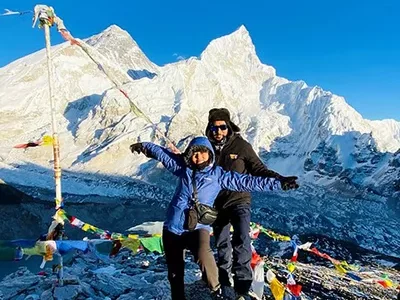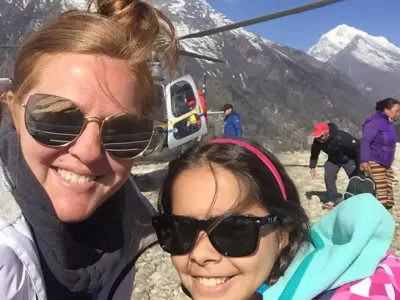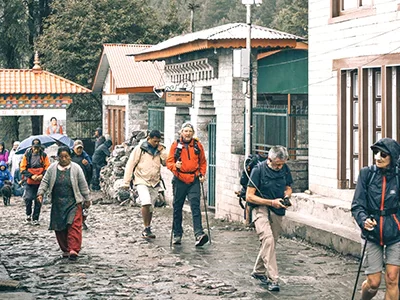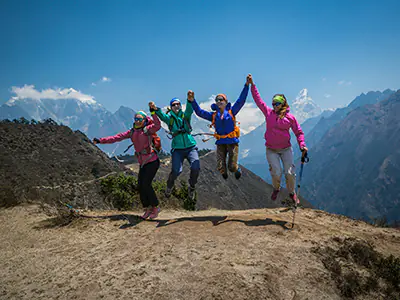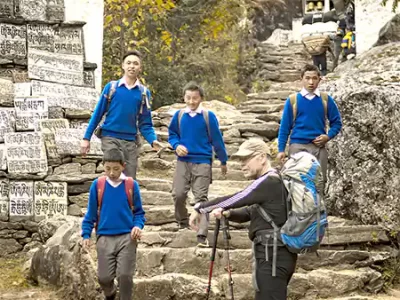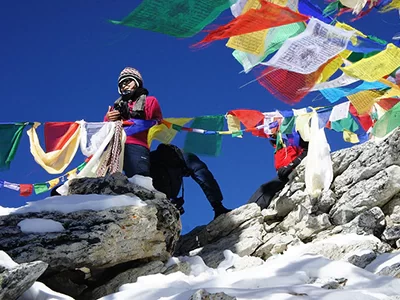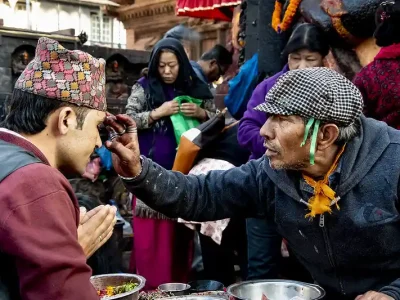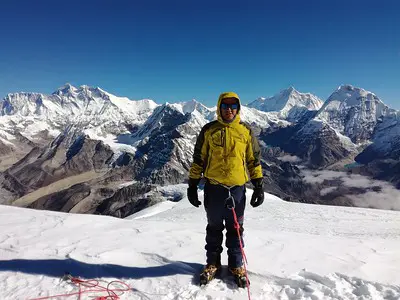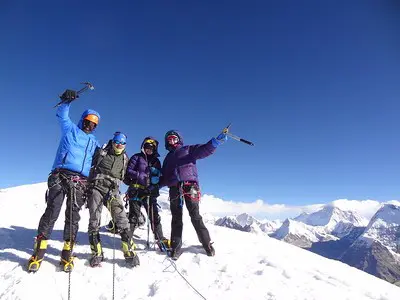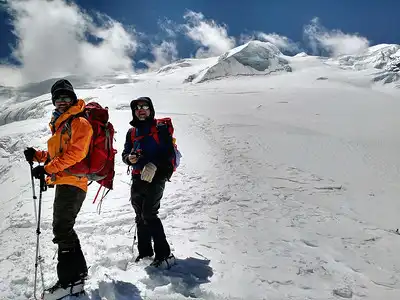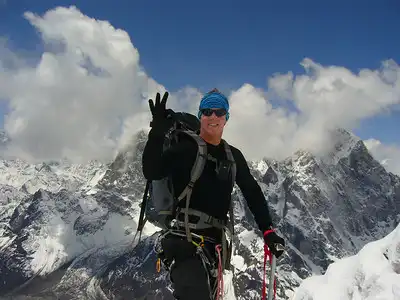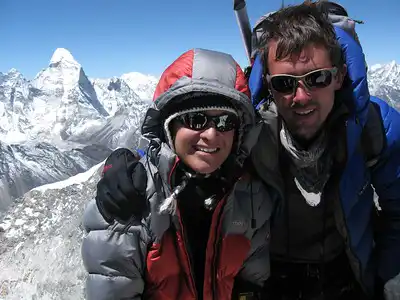Pheriche, nestled among the majestic peaks of the Himalayas, welcomes trekkers and adventurers exploring the heart of Nepal’s Everest region. This charming village, situated at an impressive 4,240 meters (13,910 feet) above sea level, has become an essential stopover on the renowned Everest Base Camp trek.
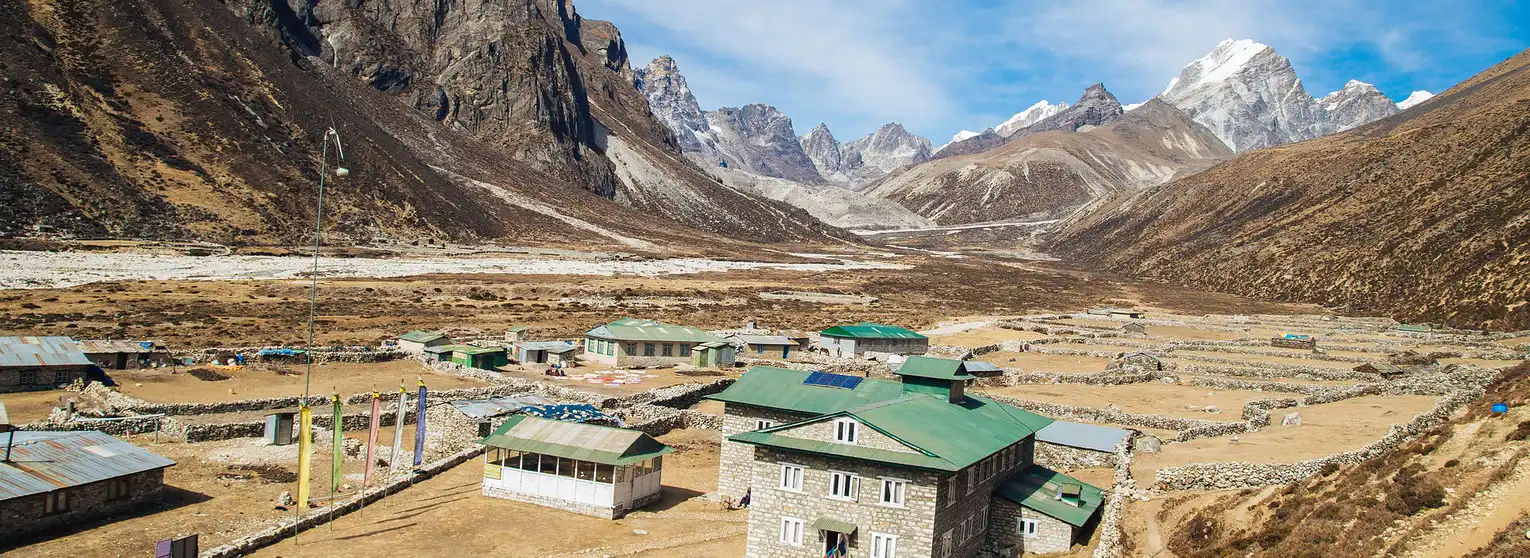
Its strategic location, breathtaking views, and rich cultural heritage draw trekkers from around the globe. Whether a seasoned trekker or a first-timer, this place offers a unique blend of adventure, culture, and breathtaking scenery.
Pheriche’s Historical Legacy on the Path to Everest
The importance of Pheriche in the Everest region stretches back to the early days of Himalayan exploration. For generations, this village was a crucial trading hub and resting place for Sherpa communities navigating the high-altitude passes between Nepal and Tibet.
With the surge in popularity of Everest expeditions in the mid-20th century, this place evolved into a pivotal acclimatization point for trekkers and climbers preparing to tackle the thin air before pushing on toward Everest Base Camp. Even today, Pheriche remains an indispensable part of the Everest trekking experience.
Its well-developed infrastructure, featuring tea houses, lodges, and medical facilities, caters to the needs of countless trekkers every year. Additionally, the village’s proximity to landmarks such as the Khumbu Glacier, Kala Patthar, and Everest Base Camp positions it as an optimal base for exploration and acclimatization.
The Importance of Pheriche for Acclimatization and Discovery
- Adapting to the Altitude: The high elevation of Pheriche necessitates a gradual acclimatization process to ward off altitude sickness. The village offers a comfortable and secure setting for trekkers to rest and acclimate to the thin air before proceeding with their trek.
- Gateway to Key Destinations: Pheriche’s strategic location provides convenient access to numerous iconic landmarks in the Everest region. Day hikes to Kala Patthar, the Khumbu Glacier, and even Everest Base Camp are popular for those staying in this place.
- Awe-Inspiring Views: Breathtaking mountain vistas, including panoramic views of Ama Dablam, Lhotse, and other towering peaks, encircle the village.
- Cultural Immersion: This place offers a window into the distinctive Sherpa culture and traditions. Visitors can engage with local communities, explore ancient monasteries, and observe traditional practices firsthand.
- Medical Support: The Himalayan Rescue Association maintains a clinic in Pheriche, delivering vital medical assistance and guidance to trekkers encountering altitude-related problems.
Everest Base Camp Trek
Everest Base Camp Trek with Helicopter Return
Luxury Everest Base Camp Trek
Finding Your Footing in the Khumbu Valley
Pheriche rests in the embrace of Nepal’s Khumbu region, a breathtaking landscape celebrated for its towering peaks and vibrant Sherpa culture. More precisely, it’s tucked away within the Dudh Koshi River valley, a scenic gorge sculpted by glacial waters cascading from the slopes of Everest and its neighboring giants.
How to Reach Pheriche
The trek to Pheriche offers its adventure, often included as part of the iconic Everest Base Camp trek.
- Starting in Lukla: Most trekkers initiate their trek in Lukla, a small town boasting a thrilling mountaintop airstrip. From Lukla, it’s a multi-day trek to reach Pheriche, passing through charming villages such as Phakding and Namche Bazaar.
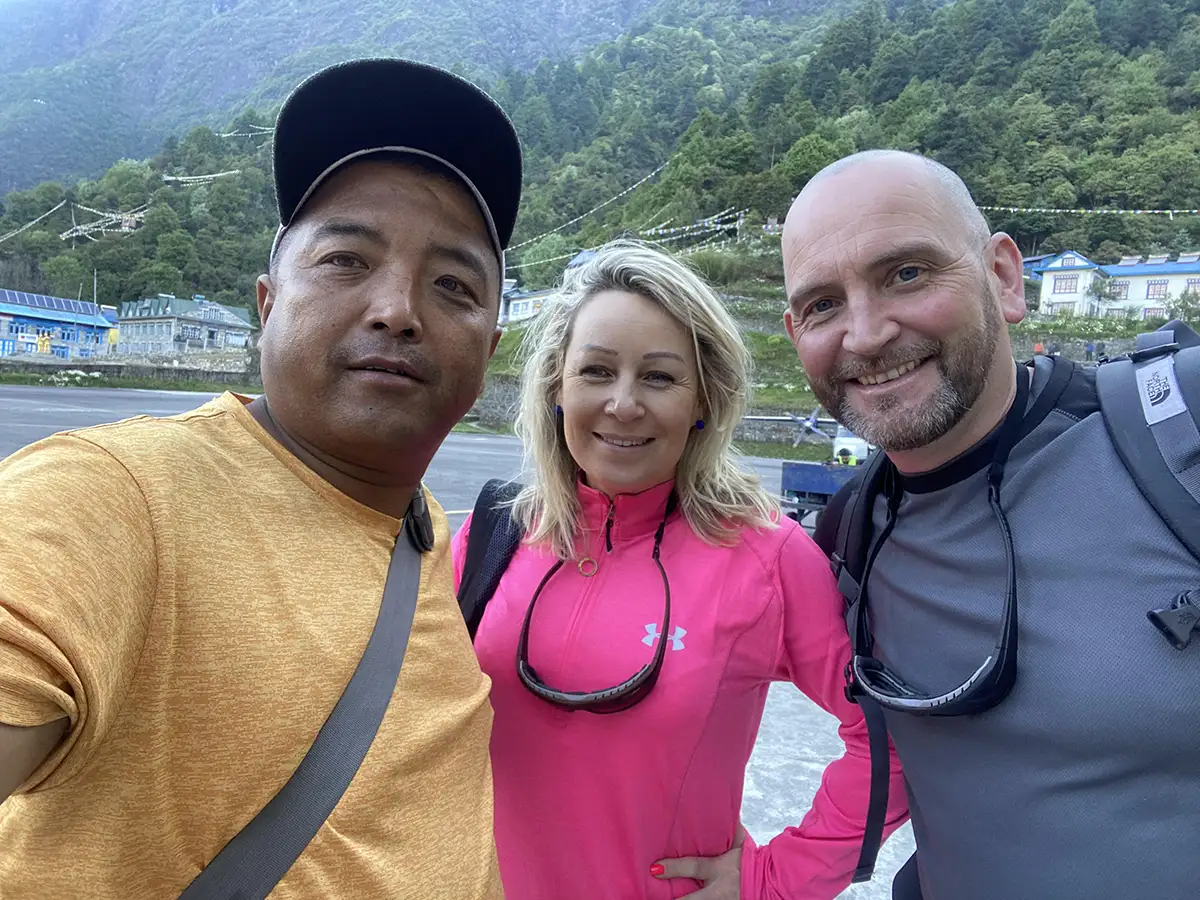
The trail meanders through verdant rhododendron forests, crosses suspension bridges suspended over the Dudh Koshi River, and unveils progressively more awe-inspiring views of the surrounding peaks.
- Starting in Namche Bazaar: If you’ve already acclimatized in Namche Bazaar, the trek to this place is shorter but still presents a challenge.
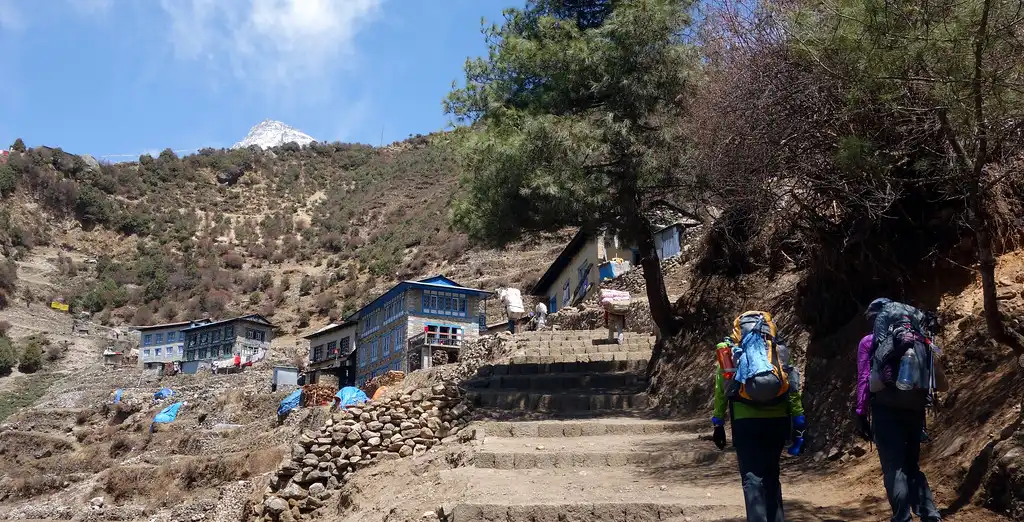
The trail continues its upward trajectory, showcasing spectacular vistas of Ama Dablam, Thamserku, and other majestic mountains.
Pheriche’s Dramatic Scenery
The magnificence of the Himalayas truly envelops the village of Pheriche.
- The Dudh Koshi River: This deep valley, carved by the Dudh Koshi River, acts as the lifeline of the Khumbu region. The river’s milky-white waters, nourished by glacial melt, surge through the valley, creating a captivating contrast against the rugged terrain.
- Towering Peaks: Some of the world’s loftiest mountains encircle this place. Ama Dablam commands the skyline to the south with its distinctive pyramid shape. To the north, the immense presence of Lhotse and Nuptse dominates the view, while Everest peeks over the Lhotse-Nuptse ridge.
Altitude and Weather in Pheriche
Located at 4,240 meters, this place is in the high-altitude zone, characterized by thin air and changeable weather conditions.
- Acclimatization is Key: Trekkers must allow time to acclimate to the altitude in Pheriche to prevent altitude sickness. Acclimatization typically involves spending a few days in the village, taking short hikes, and staying adequately hydrated.
- Weather Conditions: This place experiences characteristic Himalayan weather patterns. Days are generally sunny and mild, whereas nights can become quite cold. Be ready for sudden shifts in weather, including snowfall and strong winds, even during the trekking season.
Pheriche Altitude: Embracing the Thin Air of the Himalayas
Perched majestically at an elevation of 4,371 meters (14,340 feet), Pheriche commands a breathtaking position in the heart of the Himalayas. This Place’s altitude significantly impacts the trekking experience, demanding respect and careful preparation from those who venture to its heights.
The High-Altitude Challenge: Understanding the Impact
Trekking at such altitudes isn’t a walk in the park, even for seasoned adventurers. Low oxygen levels can cause altitude sickness, a severe condition affecting both body and mind. Headaches, nausea, shortness of breath, fatigue, dizziness, and insomnia are common manifestations. In extreme cases, it can even be life-threatening.
Acclimatization in Pheriche: Your Key to Success
Acclimatization – allowing your body to adjust to the decreased oxygen levels gradually – is vital for anyone trekking to this place or beyond. Several factors make this place an indispensable stop for acclimatizing on the Everest Base Camp trek.
- Optimal Altitude: Its elevation offers the perfect environment for your body to begin adapting to the thinner air before ascending to even higher altitudes.
- Rest and Recovery: The village provides comfortable lodges and teahouses where you can rest and recuperate after the exertion of trekking.
- Acclimatization Hikes: Day trips to nearby spots like Nangkartshang Peak or the Pheriche Monastery can further support your acclimatization process.
- Medical Facilities: The Himalayan Rescue Association operates a clinic in this place, providing medical assistance and advice for altitude-related concerns.
Everest Base Camp Trek for Beginners
Everest Panorama Trek
Everest High Pass Trek
Why Choose Pheriche for Acclimatization?
Nestled amidst the awe-inspiring Himalayan peaks, Pheriche, Nepal, is a vital acclimatization haven for trekkers venturing toward Everest Base Camp. Its strategic location at 4,371 meters (14,340 feet) creates the ideal environment for your body to adapt to the thinner air before tackling higher altitudes.
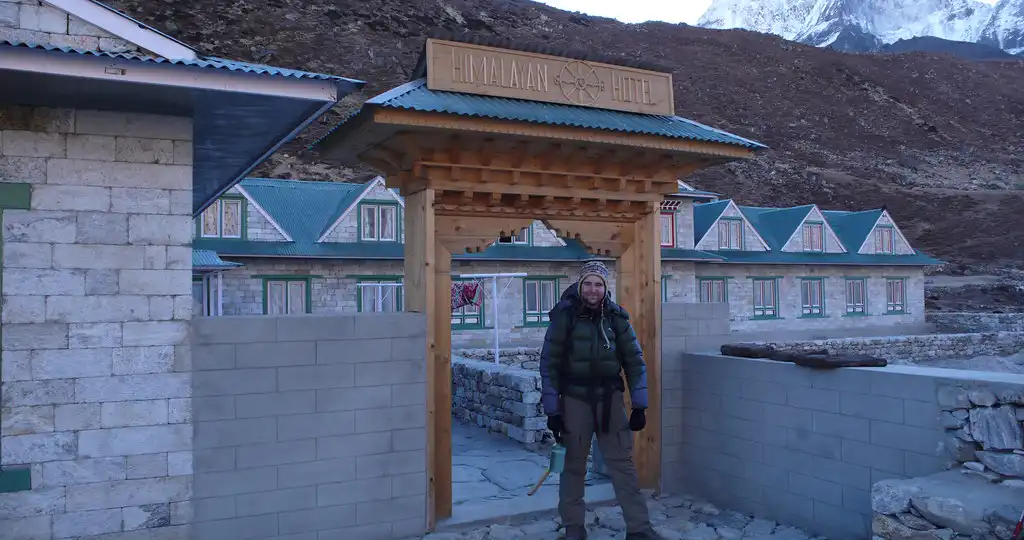
Remember, the reduced oxygen levels at this elevation can significantly impact your health, making acclimatization a non-negotiable part of any trek in this region. This place’s popularity as an acclimatization stop stems from a combination of factors:
- Gradual Ascent: The village’s altitude offers a gentle transition, allowing your body to acclimate progressively.
- Rest and Recharge: Cozy lodges and teahouses offer respite and recovery after the physical demands of trekking.
- Acclimatization Treks: Numerous short hikes in the vicinity are perfect for further acclimatization.
- Medical Support: The Himalayan Rescue Association (HRA) clinic in this place offers invaluable education and treatment for altitude sickness.
Acclimatization Hikes
This place is an excellent base for acclimatization hikes, enabling you to soak in the breathtaking scenery while your body adapts. Some popular day hikes include:
- Nangkartshang Peak: A relatively easy hike offering stunning panoramic views of the Khumbu Valley and its surrounding peaks.
- Pheriche Monastery: A short and scenic walk leads to a tranquil Buddhist monastery, offering insights into the local Sherpa culture.
- Dingboche: A slightly longer trek to the village promotes further acclimatization and offers a glimpse of the Everest Base Camp trail.
The Himalayan Rescue Association (HRA) Clinic: Your Guardian Angel
The HRA clinic in this place is crucial in safeguarding trekker safety and well-being. They offer:
- Altitude Sickness Education: The clinic provides essential information on preventing and recognizing altitude sickness symptoms.
- Medical Treatment: Trained medical professionals can diagnose and treat altitude sickness, ensuring prompt and proper care.
- Emergency Evacuations: In severe cases, the clinic can arrange helicopter evacuations to lower altitudes, offering an emergency lifeline.
Key Points to Remember
- Acclimatization in this place is paramount for a safe and enjoyable high-altitude trek.
- Take advantage of the acclimatization hikes in the area.
- The HRA clinic is an invaluable resource for altitude-related concerns.
Pheriche Weather: Navigating the Himalayan Climate
High in the Himalayas, Pheriche experiences weather as dramatic and unpredictable as its stunning surroundings. Understanding the weather patterns is crucial for trekkers, as they directly affect their safety and experience.
Seasonal Shifts: Pheriche’s Weather Throughout the Year
This place’s weather is primarily shaped by the monsoon season, typically from June to September. The remaining months offer two prime trekking seasons:
- Spring (March to May): Springtime brings warmer temperatures and longer daylight hours, creating ideal trekking conditions. Daytime highs in this place can reach a pleasant 10-15°C (50-59°F), but nights remain cold, often dipping below freezing. Though occasional snow flurries are possible, anticipate clear skies and breathtaking mountain views.
- Autumn (September to November): Another favored trekking season, boasting stable weather and clear vistas. Temperatures are slightly more relaxed than spring, with daytime highs around 5-10°C (41-50°F) and nighttime lows plunging well below freezing.
- Winter (December to February): This place endures harsh winters characterized by heavy snowfall and sub-zero temperatures. Trekking during this period is discouraged due to challenging conditions and limited teahouse availability.
- Monsoon (June to August): The monsoon season ushers in heavy rainfall, rendering trails slippery and potentially hazardous. Although trekking is feasible, it’s less popular due to the heightened risk of landslides and diminished visibility.
Weather’s Impact on Your Trek
Weather in this place can significantly shape your trekking adventure. Key factors to consider include:
- Chilly Temperatures: This place’s high altitude and Himalayan location result in year-round cold temperatures, particularly at night. Layering clothing and packing warm gear is vital.
- Snowfall Potential: Even during prime trekking seasons, snowfall can occur. Be equipped with waterproof and insulated attire, and contemplate carrying microspikes or crampons for extra grip on icy trails.
- Wind Factor: Strong winds amplify trekking challenges, particularly at higher altitudes. A windproof jacket and sturdy trekking poles are valuable assets.
- Visibility Concerns: Clouds and fog can materialize rapidly, obscuring views and complicating navigation. Carry a map and compass, and be ready to adapt your plans if needed.
Prime Time for a Pheriche Trek
The optimal periods for a Pheriche trek are during the spring (March to May) and autumn (September to November) seasons when the weather tends to be more stable and the views are unobstructed. However, prepare for various conditions, even during these peak seasons.
Remember
- Remember to check the weather before you go.
- Pack suitable clothing and gear for all potential conditions.
- Stay informed about trail conditions and any potential hazards.
- Be flexible with your itinerary and allow for extra days in case of inclement weather.
Pheriche Village: A Himalayan Community on the Everest Trail
Located in the heart of Nepal’s Khumbu region, Pheriche offers a unique glimpse into the lives of the Sherpa people who reside in this high-altitude haven. Age-old traditions intertwine with the demands of contemporary trekking tourism, creating a vibrant and hospitable community.
Catering to Trekkers: Pheriche’s Infrastructure
Despite its remote location, this place boasts a well-developed infrastructure that caters to the needs of countless trekkers each year.
- Lodges and Teahouses: Your Home Away from Home: The village offers an array of cozy lodges and teahouses, providing comfortable lodging and delectable meals. These establishments act as social hubs where trekkers from around the world gather to share stories, exchange advice, and forge lasting bonds.
- Local Amenities: Everything You Need: Pheriche features several small shops with essential trekking supplies, snacks, and souvenirs. You’ll also discover a bakery, a few internet cafes, and even a post office to stay connected.
- Medical Facilities: Prioritizing Your Well-being: The Himalayan Rescue Association (HRA) runs a clinic in this place, delivering crucial medical care and education on altitude sickness prevention and treatment.
Cultural Immersion: Experiencing the Sherpa Way of Life
This place offers a captivating glimpse into the rich Sherpa culture, deeply connected to the majestic Himalayan landscape.
- Buddhist Traditions: A Spiritual Tapestry: Sherpas have woven Buddhism into the fabric of their daily life. You’ll encounter prayer flags fluttering in the breeze, mani walls lining the trails, and the tranquil Pheriche Monastery, providing a glimpse into local spiritual practices.
- Warm Hospitality: A Sherpa Trademark: Sherpa people are renowned for their hospitality and welcoming spirit. Expect friendly smiles and offers of tea as you traverse the village.
- Resilience and Strength: Embracing the Mountain Life: Living at high altitudes and navigating challenging terrain has fostered remarkable resilience and strength in the Sherpa people. Their deep bond with the mountains resonates in their daily lives.
Pheriche’s Integral Role in the Trekking World
This place plays a crucial part in the Everest trekking community, serving multiple purposes:
- Acclimatization Haven: Its altitude of 4,371 meters makes it an ideal stopover for trekkers to adjust to the thin air before continuing their Everest Base Camp trek.
- Trekker Hub: The village’s teahouses and lodges transform into lively meeting points for trekkers and climbers worldwide.
- Adventure Gateway: This place is a launching pad for numerous day hikes and excursions, including trips to Nangkartshang Peak, the Khumbu Glacier, and even Everest Base Camp itself.
- Cultural Exchange Center: Interactions between locals and visitors foster cultural exchange and mutual understanding. Trekkers gain insights into the Sherpa way of life, while locals benefit from the economic opportunities that tourism creates.
Trekking to Pheriche: Your Path through the Himalayan Wonderland
The trek from Namche Bazaar to Pheriche is a beloved route for those exploring the heart of the Everest region. This moderately challenging hike spans approximately 10 kilometers (6.2 miles) and usually takes 5-6 hours, depending on your pace and how well you’ve adjusted to the altitude.
The trail meanders through charming Sherpa villages, vibrant rhododendron forests, and alongside the rushing Dudh Koshi River. Prepare to be amazed by the increasingly spectacular mountain vistas, including Ama Dablam, Thamserku, and a glimpse of Everest’s majesty.
Challenges and Rewards Along the Way
While the trek from Pheriche to Namche Bazaar is generally considered moderate, be prepared for the unique challenges of high-altitude hiking. The trail consistently gains elevation, so acclimatization is essential. Take your time, ensure you stay hydrated, and pay attention to your body’s signals. Scenic highlights along the trek will leave you in awe.
- Tengboche Monastery:
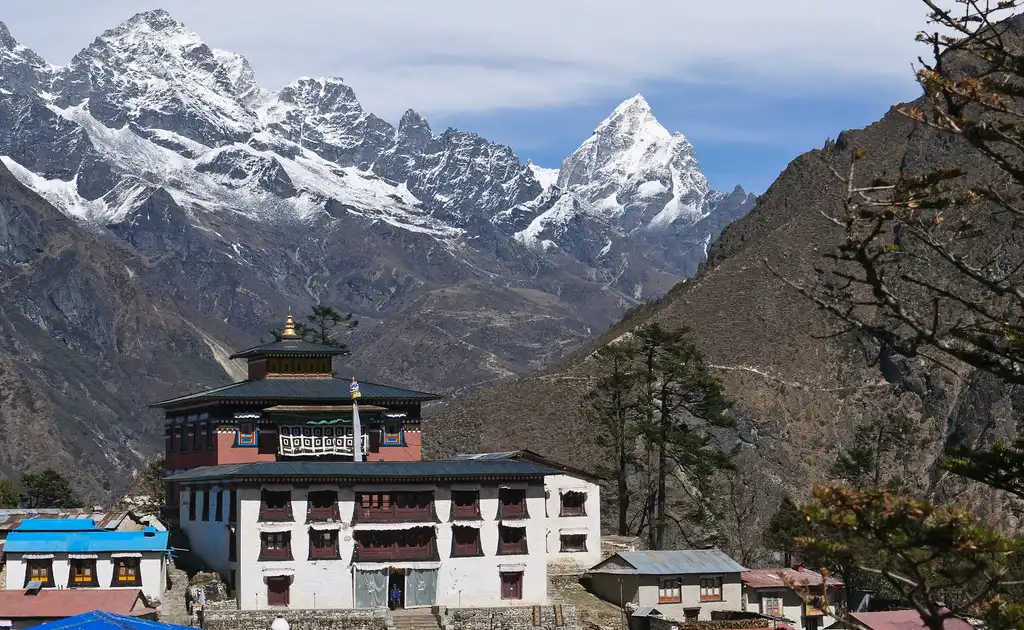
This renowned monastery, perched on a hilltop, provides sweeping Khumbu Valley and Everest vistas.
- Dudh Koshi River Valley: The trail traces the valley, offering stunning views of the milky-white waters cascading through the rugged terrain.
- Alpine Forests: The lush rhododendron forests, particularly vibrant in spring, paint the landscape with a burst of color.
- Mountain Vistas: As you climb higher, the views of the surrounding peaks become increasingly majestic, culminating in the breathtaking panorama from this place itself.
Beyond Pheriche: Further Adventures in the Everest Region
This place serves as a gateway to various trekking destinations in the Everest region. Here are a few popular onward routes:
- Pheriche to Lobuche: This demanding trek leads you higher into the Khumbu, offering closer encounters with Everest and its neighboring peaks. It typically takes about 4-5 hours and traverses the Khumbu Glacier.
- Pheriche to Dingboche: This slightly gentler trek guides you to the picturesque village of Dingboche, another popular acclimatization stop. It’s an excellent choice for those who prefer a slower pace and wish to appreciate the scenery fully.
- Pheriche to Everest Base Camp: Reaching the base of the world’s highest mountain is the coveted prize at the end of this challenging trek. It’s a multi-day expedition involving crossing glaciers, navigating rocky terrain, and immersing yourself in the awe-inspiring power of the Himalayas.
Himalayan Treasures Beyond the Beaten Path
Pheriche, nestled in the Nepali Himalayas, is more than just a rest stop on the Everest Base Camp trek. Its destination has unique attractions showcasing the region’s awe-inspiring beauty and challenging terrain.
The Himalayan Rescue Association (HRA) Clinic: A High-Altitude Haven
The HRA clinic is a vital lifeline for trekkers in the Everest region, offering medical expertise and support, particularly for altitude-related illnesses. The clinic’s skilled medical professionals provide crucial services, including:
- Diagnosis and treatment of altitude sickness: The HRA team expertly identifies and treats altitude sickness, from mild cases to more severe complications.
- Educational programs: They empower trekkers with valuable information on acclimatization, recognizing the symptoms of altitude sickness, and taking preventive measures.
- Emergency evacuations: In critical situations, the clinic can arrange helicopter evacuations to lower altitudes, ensuring swift medical attention.
Acclimatization Hikes: Exploring Pheriche’s Natural Beauty
One of the most effective ways to acclimate to this place is through short hikes in the surrounding area. These hikes not only help your body adjust to the high altitude but also reveal stunning vistas of the Himalayan landscape.
- Nangkartshang Peak: This popular hike offers panoramic views of the Khumbu Valley, including Ama Dablam, Lhotse, and even a glimpse of Everest.
- Pheriche Monastery: A short and scenic walk leads you to this peaceful Buddhist monastery, providing a glimpse into the local Sherpa culture and traditions.
- Other Trails: Numerous other paths wind through the hills and valleys around this place, offering ample opportunities for exploration and acclimatization.
Nature’s Masterpieces: Rivers, Valleys, and Peaks
This place is nestled within a breathtaking natural amphitheater, offering awe-inspiring views at every turn.
- Dudh Koshi River Valley: The village sits in the Dudh Koshi River valley, carved over millennia by milky-white glacial waters flowing from the Himalayas.
- Ama Dablam: This iconic peak, renowned for its unique pyramid shape, dominates the southern skyline of this place. It’s a sight that will take your breath away, especially at sunrise and sunset.
- Other Himalayan Giants: This place offers glimpses of several other majestic peaks, including Lhotse, Nuptse, and even Everest, peeking over the Lhotse-Nuptse ridge.
Himalayan Sanctuary and Essential Stop on the Everest Trek
Pheriche Nepal, nestled amongst the breathtaking peaks of the Everest region, is more than just a stop on the trek; it’s a destination with its unique allure. Its strategic location, diverse offerings, and cultural richness make it indispensable to any Everest expedition.
Why Pheriche Matters: A Quick Look
- Acclimatization Haven: At a formidable 4,371 meters, Pheriche’s altitude necessitates a crucial acclimatization stop for trekkers before venturing higher.
- Cultural Immersion: Discover the vibrant Sherpa culture, witness their traditions, and experience their warm hospitality.
- Adventure Awaits: Explore nearby trails like the Nangkartshang Peak hike or the peaceful Pheriche Monastery.
- Trekking Junction: This place serves as a springboard for further explorations, whether to Lobuche, Dingboche, or the ultimate goal: Everest Base Camp.
- Safety First: The Himalayan Rescue Association clinic provides vital medical support and education on altitude sickness, prioritizing trekker well-being.
Planning Your Pheriche Stay: Tips for a Memorable Experience
When planning your Everest Base Camp trek, consider these recommendations to optimize your time in Pheriche:
- Prioritize Acclimatization: Dedicate ample time to acclimatization to avoid altitude sickness. Plan for at least two nights in this place and utilize the acclimatization hikes.
- Prepare for the Weather: Pheriche’s weather can be unpredictable, even during peak trekking seasons. Pack accordingly for cold temperatures, potential snow, and strong winds.
- Respect the Culture: Show consideration for the local Sherpa culture and traditions. Dress modestly, seek permission before photographing, and minimize your environmental impact.
- Secure Your Stay: To ensure availability, book your accommodation well in advance, particularly during busy periods. Savor the delicious local cuisine offered at the teahouses and lodges.
- Explore the Area: Take the chance to explore the scenic trails and cultural landmarks surrounding Pheriche.

